Toys and playgrounds are not an option, they are a necessity. Four general categories of toys help meet a birds needs:
1. Destructible toys that appeal to a parrot’s instinct to chew. These toys include: branches with bark, finger traps, bird candy, milled wood, chipped wood, straw, cholla, cork, leather, paper, jute, hemp, weaved palm leaves, etc.
2. Sound-related toys for the instinct to communicate. These toys include: bells, stainless-steel or nickel-plated liberty bells, metal pipe bells, plastic pipe bells, rattles, and clackers, bird music boxes, sound-repeating devices, and any toy with resonating properties from plastic, paper, or metal cups.
3. Interactive toys for the bird’s intelligence or emotional needs. These toys include: beads, puzzle toys, foraging toys, snuggling or comfort toys, hiding or peeking-out toys, surrogate enemy toys, foot toys, and mirrors.
4. Exercise toys for physical activity. These toys include: swings, appropriate perches, platforms, playgrounds or trees, and boings.

Foraging is simply the act of finding food. Very simple in definition, but great in the impact it can have on the lives of our birds. Having our parrots work for their food is one of the best stimulations that we can provide. It does not matter if you have a budgie, lovebird, amazon, or a macaw, behavior problems will diminish if a parrot has the opportunity to forage for their food rather than eating straight from a bowl. In the wild, a parrot will occupy 60%-80% of their time searching for food. During their mission, a parrot will fly, use problem-solving skills, and manipulate their environment to find that prized morsel. This is a very heart-wrenching revelation considering our parrots, according to recent scientific studies, on the average spend only 15 minutes eating from their bowls and the rest of their time waiting for us in their cage for eight hours while we are working. Our beloved birds want more and deserve more. Our feathered friends have provided richness, stimulation, beauty, and love in our lives; should we not also provide them with anything less? A parrot needs to work for their food to stimulate both body and mind; their health will reap from the benefits also. Providing foraging opportunities is more work on our part, but the rewards are far greater with the antagonists of our selfishness. As our Avian Veterinarian Dr. Burkett states, “We put them in cages, the least we can do is provide the absolute best for them.”
5. Foraging opportunities for parrots include, but are not limited to, the following: natural foods and treats such as nuts, Nutri-Berries or Avicakes; foraging toys made specifically for birds; shredded paper, paper towels, or toys in a food bowl; supervised foraging on a playgrounds, trees, toy boxes, or baskets; hiding treats wrapped in carrot leaves or dark leafy vegetables, placing food in pinecones or stuffed in children’s toys such as a small dartboard from the local dollar store; taking treats and arranging them in the cage in a sheskabob; shreddable cardboard boxes with hidden treats; wrapping treats in paper and hanging them inside the cage, perch, or playground; placing food bowls in different locations in the cage providing several feeding stations. Wrap food in paper, paper towels, or paper bags and place in some stations while leaving others empty. Then, tape the top of the feeding stations with paper, or a destructible toy, so your parrot will first have to punch through the barrier and then remove the wrapped morsel; placing food in the holes of a cholla perch or destructible toys such as finger traps; hiding food in bird safe, untreated pine toys or cardboard boxes found in a craft store; foraging trays with hidden food and toys placed on the bottom or top of cages, playgrounds, or trees; having your parrot climb a branch, rope, or chain to his food, having your parrot lift a bucket or string to retrieve his food; sticking food in plastic waffle balls, teach flight training and retrieving, and my favorite: either hiding food in your clothes, making a birdie edible necklace, or holding your parrot’s food up high so he has to climb up you to receive his treat and the rewarding positive stimulation of his favorite sound, your voice.

As you can see, foraging is only limited to the creativity of your mind. It always “cracks me up” when my lovebirds get so excited even when they just find some pellets buried under a mass of shredded paper towels. It will take you a few extra minutes a day to set up foraging opportunities and stations, but the rewards, positive stimulation, and environmental richness will last a lifetime in the lives of your beloved birds.
~Rodney Money
If you would like to use this article, just quote us as the source! That goes for any of our articles on here!



















 (919) 322-9334 (after 5pm EST, M-F; 10-2pm EST, Sat)
(919) 322-9334 (after 5pm EST, M-F; 10-2pm EST, Sat)











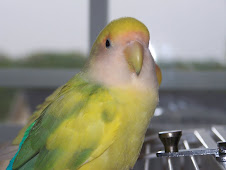

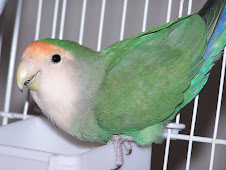



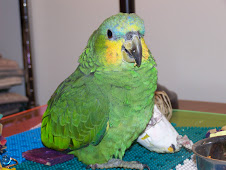




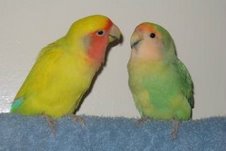
.jpg)















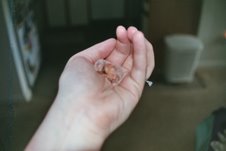
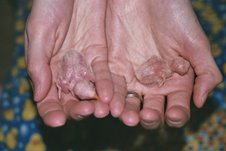




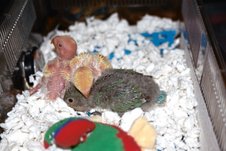


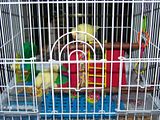


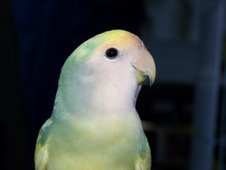




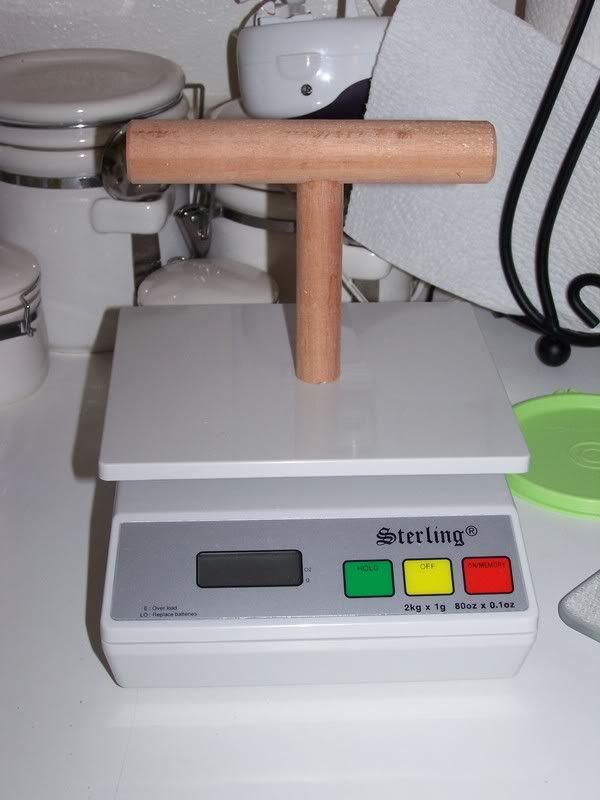










































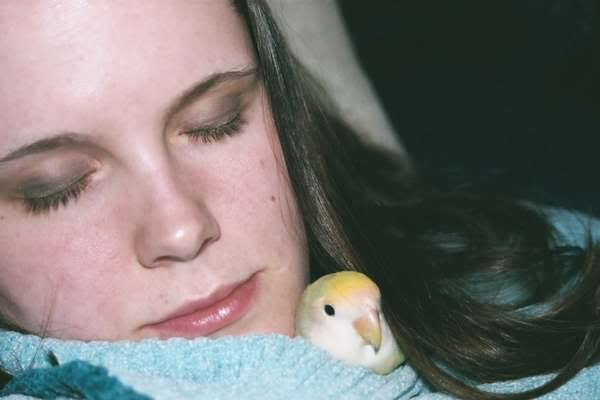
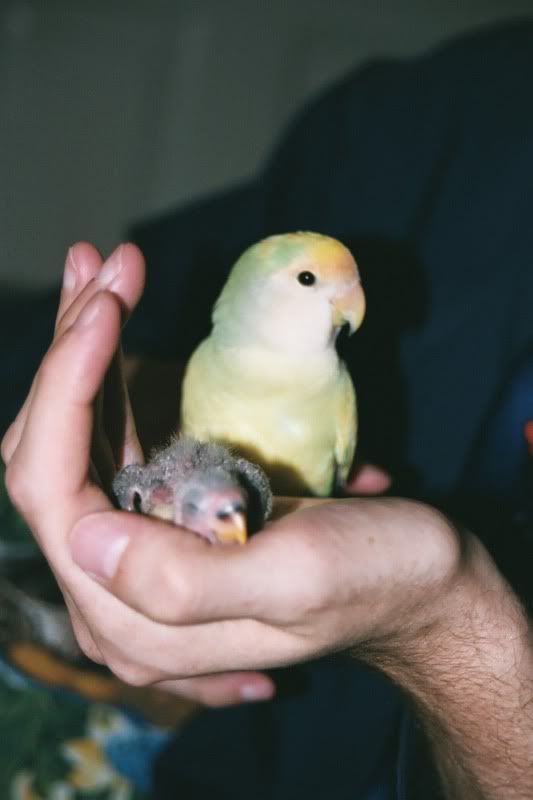
5 comments:
Hello! I've been watching your videos on youtube for some time and really enjoy them!
I reaaaaaaaally want to see the movie Rio!!! I saw the commercial and that blue macaw looks adorable!! :)
I have a green american budgie of my own named Tiki. She says hello to all of your other birds!
I very late comment, but it's been a while since I visited your blog. :)
I also saw the movie Rio, and lol, I had that same reaction when the owner gave the Macaw hot chocolate. Hahaha! I didn't dwell too much on it though because Rio was meant to be family entertainment after all.
But what I really liked in the movie was that it showed both advantages and disadvantages of both a domesticated bird and a wild bird. That even a bird kept as a pet can still be happy when it is cared for and loved by the owner.:)
By the way, my lovie, Chatot says "hi!". :D
Hello,
I love your birdie videos. It has really start to consider to get a lovebird( or birds) I was wonder if there is an easy way to sex them, because if I do get two (I have heard they are best to get in pairs) I don't want to accidentally get a male and female, and them ending up having little ones.
My little cockatiel Sammie also says "'Ello"
I agree with your comment about how Blu was cared for. When I first saw the movie I was thinking the same exact thing. Why is she giving him hot chocolate!!!??? or Why is Blu's cage so tiny for a macaw his size? But the movie was very cute :)
Lovebirds are best Not kept in pairs! For the first-time owner a single 8-10 week old hand-fed male Lovebird makes an excellent pet. For a person who has had experience with Lovebirds, a single female makes a very good pet too! Any pet Lovebird Must be hand-fed to be a good pet. Spoon-feeding is the best method but syringe feeding is also an excellent way to create a loving bird as long as they are socialised, petted and talked to constantly. Of course tube-feeding must only be done with sick birds and never as a way to hand-feed a baby bird that is going to a pet type of home. Lovebirds tend to be seed-junkies later in life and it is essential for your breeder to wean into a varied diet of fresh soft food, sprouted seeds and healthy seed-based treats. An excellent weaning food as well as baby food is if course millet. A high quality pellet is also a good thing for a breeder to add to the diet but be certain that if pellets are offered they are offered separately before the baby comes home to live with you. I've had breeders in the past tell me quite honestly, "We wean onto pellets," and then the baby arrives and refuses the type of pellet that they were supposed to be weaned onto. It has been an honest mistake. In this case the breeder was indeed feeding pellets but not watching like a hawk to ensure their babies were actually eating them. See they would offer the pellets with seeds as well as fresh food and their babies would eat the seeds, the fresh food and pick at the pellets. The breeder didn't realise that they were only eating a very small amount, if any. At times none at all actually got ingested because the pellets were large enough that the babies would put them in their mouths to "hull" them, break off a little bit and try but not actually get any of them actually down into their tummies. An honest mistake on the breeder's part in this case. With a Lovebird it is very important to locate an excellent breeder as a good breeder will raise your baby to want to be around people and be quite Loving of people as it were. ;-)
Post a Comment